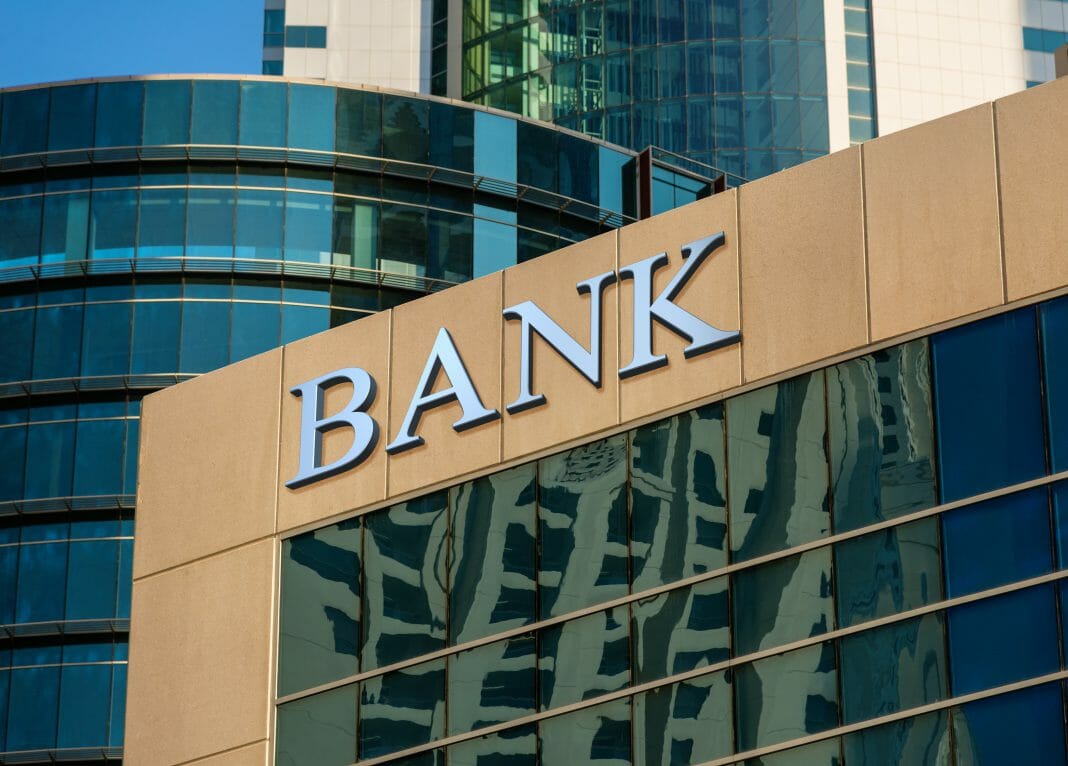The entity closed its international transfers to make way for “One Pay”, a product that uses Bitcoin technology
“Santander Envíos”, the remittance company of Banco Santander, closed its doors to make way for blockchain technology and, with it, efficient and secure automation. One Pay, which operates with the Ripple blockchain, will replace the traditional service, as reported this January 6th.
One Pay is the first product designed under blockchain technology that commercially opened a bank on a global scale last spring. The previous remittance company of Banco Santander was incorporated in 1994 under the name “Latinoenvíos” and then it was renamed in 2009 as “Santander Envíos”. This company facilitated money transfers to more than 25 countries in America, Africa and Europe.
Traditional banking strengthened the remittance service because of the immigrants growing influx, after the economic crisis faced by Spain and the financial institution. Immigrants used to send regular amounts to their families.
The strategy received an important impulse, by allowing bank drafts to be made from any ATM of the 4B network, in addition to offering the service at the bank’s branches. Many of them even opened specialized branches to attend and attract this group, with the remittance service at the core of the offer.
That decision immediately opened almost 12,400 points (ATMs) to the bank’s clients, also making it possible to send money from 8:30 a.m. until 10:30 p.m., without limiting the attention of the public in the branches. The service also became free for those customers of “We want to be your bank”, launched by Banco Santander.
Subsequently, digital platforms gained ground, because they shorten the time taken by traditional processes and avoid trips to branches. Now it is time for blockchain technology, which is characterized by allowing information backup, stored in nodes, and access only for authorized people.
This is how Santander decided to launch One Pay FX, which eliminates intermediaries and allows the sending of remittances almost instantly. This new proposal was launched simultaneously in Spain, Brazil, the United Kingdom and Poland. The company hopes to start operations in other markets.
One Pay FX was so successful that Santander finally wound up liquidating “Santander Envíos” on December 19th, according to information from the Mercantile Registry.
Data from the European Statistics Office (Eurostat, in Spanish) report that in 2017 Spain outnumbered the United Kingdom as the second country with the most remittances transferred abroad, France ranks first. That year Spain sent more than 7,300 million euros (more than USD 8,300 million).
BBVA and Santander joined the E.U. International Association for Trusted Blockchain Applications (IATBA), to be launched in the first quarter of this year. Recently, the representatives of these two Spanish banking groups were invited to a round table on the European Union blockchain, held in Brussels. The main objective is to develop a blockchain regulation and prepare the launch of new applications.
Last July, Santander joined IBM’s blockchain platform and created a research team to explore the blockchain uses in securities trading.
Whilst it is true that these technologies are revolutionizing different industries, there are still certain challenges that must be overcome, including the concept or test phases, to achieve mass adoption.
By María Rodríguez











